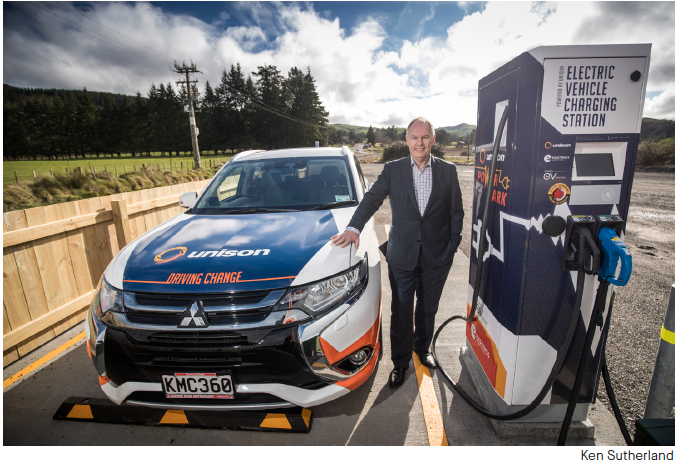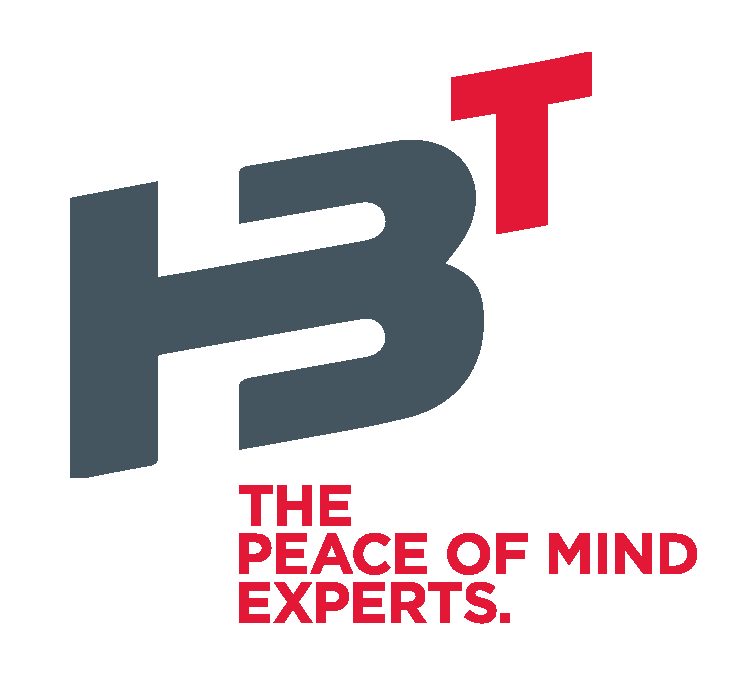Ken Sutherland has been the Unison chief executive for over a decade. In 2011 Ken was the inaugural winner of the Profiteers for his strong leadership of our local lines company. Over the last decade there have been changes within the energy sector but Ken sees some megatrends starting to emerge.
What’s likely to change in the energy sector?
An unprecedented level of change is already underway in the energy sector. While some movement will be felt this decade, it is expected the profound impact will happen over the next 30 years. Three major megatrends are driving the change:
1. New consumer technology, which is increasing the options for consumers to produce, store and use electricity in new ways;
2. The rise in consumers who actively engage with their electricity supply;
3. Sustainability and the requirement to meet climate change objectives: minimising our environmental impact, integrating more renewable sources of energy and mitigating the impact climate change has on our landscapes and consequently our network assets.
Although New Zealand already has a highly renewable electricity sector, there is a massive opportunity for New Zealand to harness its significant potential to ramp this up more to support a rapid transition to electric vehicles and reduce our reliance on imported petrol and diesel for our transport fleet.
The big challenge for the electricity sector is how the industry and policy-makers can facilitate this change, without putting pressure on costs and prices of electricity. The biggest risk we see is that well-intended Government policies, such as the ban on gas exploration, lead to undesired consequences, such as needing to keep the coal-fired Huntly power station going much longer to deal with times where there is not much wind or sun, and the hydro-lakes are low.
We look across at Australia and see decades of failed electricity market policies, where politicians have made targeted interventions that have had really bad outcomes for consumers, with massive increases in prices and much greater risks of unreliable power supplies. Rather than picking winners, our hope is that the Government here will just make it expensive to emit CO2 and the generators will be highly motivated to invest in the right kinds of renewable power generation.
But along the way, New Zealand will have to make some tough choices. We all love our wide-open spaces and majestic mountains, but if we want more renewables and we want some of our biggest energy users to convert to electricity we will have to learn to accept more windmills and electricity infrastructures on our horizons. There isn’t going to be any easy solutions that don’t involve making tough trade-offs.
The challenge for the energy sector is the uncertainty surrounding the change. The pace and exact nature of future technology and consumer behaviour is unknown and difficult to predict. We need to plan and develop our network and operations in a way that maintains flexibility to meet future demands, while continuing to provide a reliable and cost-effective supply of electricity to all our customers.
What technology advancements will have an impact on how Unison does business?
We have a key role to play in supporting consumers to adopt new technology in the future and ultimately consumers should be able to connect any new electrical technology they wish to the network, provided the cost is appropriate and the technology is safe, reliable and does not adversely impact the quality of electricity supply.
As solar, battery and EVs continue to become more popular and affordable, people will use our electricity network in different ways. We need to consider how our network will handle peak loads, greater solar PV, battery usage and the charging of EVs. We also need to ensure devices do not have a negative impact on the quality of the electricity supply, by ensuring new technologies are meeting the minimum technical connection standards. A deterioration in the quality of electricity supply can cause appliances in the home to fail and ultimately restrict the number of solar, battery and EVs to be connected to the network.
Network adaptation goes hand in hand with pricing reform. Traditional pricing methods, based on per kWh charges that do not change during the course of a day, are not fit for purpose. As more people change their energy use, current pricing will increase resulting in inequitable outcomes.
Unison is already working towards pricing reform with a goal for reform that promotes consumer choice and is more reflective of the networks costs and services customers receive. We want to ensure that our consumers are not left disadvantaged in the long term as our industry adapts and evolves.
In the future, people might want to select a level of electricity capacity that suits their lifestyle, in the same way that people currently purchase a data limit on their broadband service. Or they might prefer a time of use charge, whereby if they know electricity costs less during times when the network is used less, such as overnight, they could run some appliances or recharge their cars overnight.
The views of our customers matter to us and we are prioritising our engagement with them, continuing to seek their opinions and encourage them to have their say, so we can learn more about their expectations and requirements from us. In January this year we started the first of a regular series of consumer interviews and focus groups to get feedback and opinions on electricity use and pricing and this customer engagement will continue to be a priority as we evolve our business.
Is there an Uber/Airbnb transformation within your sector/profession?
Absolutely. That would be an open network, often referred to as a distributed energy network.
Traditionally electricity has flowed in one direction across the network from the national grid to distributors to customers. Future technologies will require networks to be capable of supporting two-way flows of energy.
If you think about it, the success of Uber and Air BnB are that they provide consumers who have spare capacity, (an under-utilised car or spare bedroom) with the ability to monetise that spare capacity through an easy to use platform – apps. Sophisticated pricing models are used to allocate that capacity to highest value uses, like Uber’s surge pricing.
The same can happen with electricity. A consumer with surplus solar generation could sell that directly to other consumers.
Once capacity increases in EV batteries, electric vehicles will potentially become mobile electricity generators, that could provide some of their stored electricity at peak times. For companies like Unison, this resource could even substitute for the need to upgrade network equipment. Instead of installing a higher capacity cable, we could rely on consumers’ flexibility and their own production capabilities to meet higher demands at particular locations. Automation and rapid advances in communications technologies will enable this to occur as we reach critical mass of these new technologies.
Far from being a drab and boring sector, we’re excited that the Uber and AirBnB concepts have just as much relevance and consumer benefit as in these other sectors. Unison is actively developing its capabilities to enable these activities to occur, albeit being conscious we don’t want to commit too early to any particular technologies or approaches given the rapidly evolving thinking in these areas.



